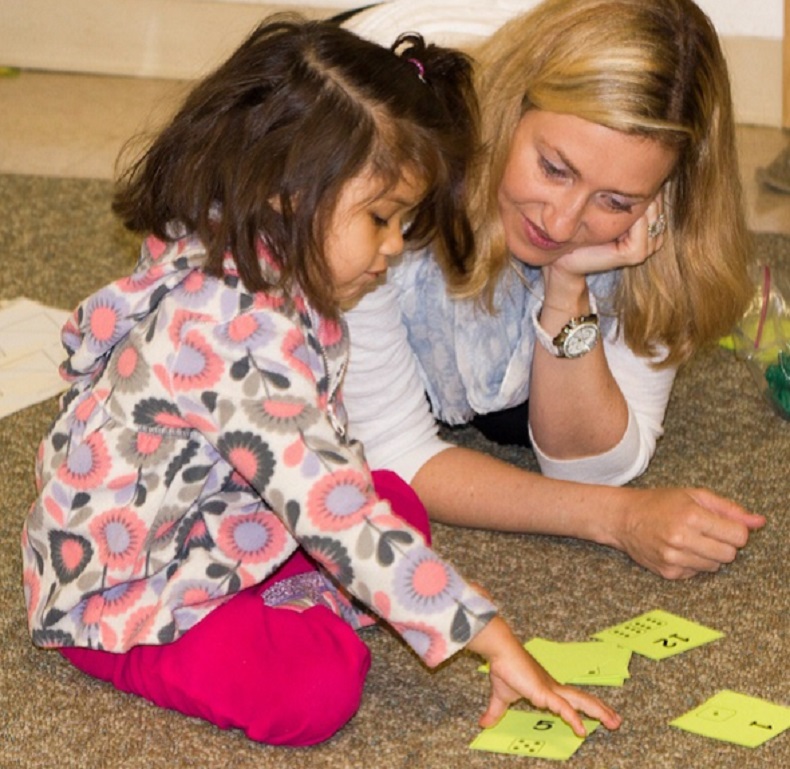When we praise intelligence, by saying things like, “Wow! You are so smart!” we are praising the person, which sends a fixed mindset message. However, if we say things like, “Wow! You worked so hard at that!” we are praising the process, which can send a growth mindset message.
With a fixed mindset, children believe that there is nothing they can
do to change their abilities. Whereas if they hold a growth mindset, they believe that they do have the power to develop their intelligence and math abilities through their own effort,
persistence, or problem-solving.
What does this look like in real life? If a child doesn’t do well on a test for example, but they endorse a
growth mindset, they could say to themselves, “This doesn’t reflect how smart I am. Next time I could study harder.” With this mindset, there is something that the child can do or change. The child has the power to improve through their own effort.
Be aware of the types of praise you give. It is important to notice the types of praise and encouragement that we give children. It is all too easy to make a quick comment when looking a child’s work (e.g., “good job”), but if you stop and ask questions to encourage children to talk about their work, children also stop and think, and reflect on their work. When we spend more time noticing and encouraging, children will try more ways to solve a problem, eventually they can start to break a problem down into smaller steps, or incorporate a mistake (such as a ripped paper) into their artwork or play. For example, try replacing “Nice picture” with “I noticed you really took your time painting that picture.” How do you feel about your picture? Do you feel good? That’s interesting when you work hard at something, you feel good about yourself!
TEACHER REFLECTION
Process praise encourages effort, strategies or action. Person praise is positive but implies that the child possesses a fixed quality, (“You’re so smart”). Catch yourself using different types of praise; what do you notice about the praise you use in your teaching?



